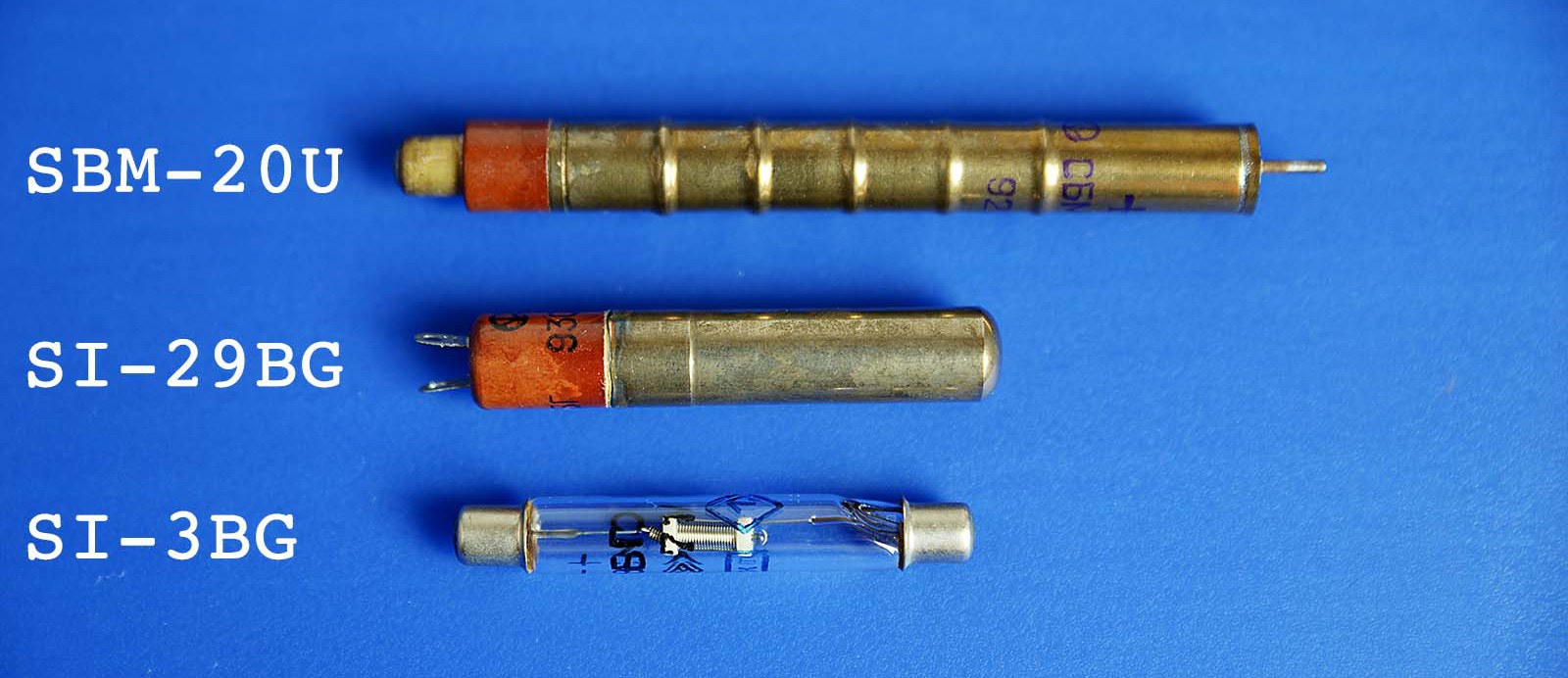
The uRADMonitor MODEL B1 is an automated and autonomous radiation monitor designed to detect both high and low dose rates of gamma radiation. It operates on solar power and transmits data in real time via a GSM radio link. Remote access to the data is offered through the existing API.
It’s designed with redundancy as a priority, aiming to prolong device endurance and lifespan in challenging conditions. Equipped with two redundant radiation sensors utilising Geiger tubes — one with high volume for typical radiation levels and another with small volume for high radiation levels to prevent saturation during a nuclear event.
The pair of radiation sensors are digital, each equipped with individual microcontrollers, configurable high voltage inverters, and digital pulse counters. They communicate via serial/UART connection. The Geiger modules can be adjusted through UART to accommodate various voltage outputs, enabling uRADMonitor B1 compatibility with nearly all types of Geiger tubes available in the market .

A Geiger tube is a gaseous ionisation detector that uses the Townsend avalanche phenomenon to produce an easily detectable electronic pulse from as little as a single ionising event due to a radiation particle. It is used for the detection of gamma radiation, X-Rays, and alpha and beta particles. It can also be adapted to detect neutrons. The tube operates in the “Geiger” region of ion pair generation. Read more here.
The B1 operates as an Automated Monitor, necessitating no additional human intervention once deployed in the field. It functions autonomously by utilizing solar panels and conserving power through internal software algorithms and electronic switches, thus maximizing the frequency of measurements sent out daily. Data transmission occurs via a GSM connection and is geo-localized using an internal GPS module.
Connectivity
The B1 is an IOT device designed for versatile use, covering many use-cases. Its design facilitates the installation of various uRADMonitor Add-on Modems, broadening the range of connectivity options to include Ethernet, WIFI, or LoRaWAN. This feature was initially introduced with the 8th iteration of the Model A3 hardware and has since become a standard feature of the uRADMonitor products.

Just as another example, a B1 unit with WIFI connectivity will report measurements via the WIFI network , but at the same time can be accessed via a short range, local WIFI hotspot , spawned by the unit across a few meters. The sensor itself can be installed outdoors , while the operator can access the data in a decentralised manner, safely, from the indoor. More on such scenarios here.
uRADMonitor sensors for Ionising Radiation monitoring
This is our fourth product that measures ionising radiation, following the Model A, the #opensource Model KIT1, the portable MODEL D and the seeRADON (the last one measures Radon and has a different utility than the aforementioned). Early MODEL A3 multi-parametric sensors also measured Ionising Radiation, but this functionality was removed after hardware iteration 5, making the A3 and exclusively #airquality sensor.
Additional Model B1 functionality
Some of the new B1 units will be used to further expand the monitoring capabilities installed in key areas in Ukraine and in neighbouring countries, to improve the nuclear readiness. An initial effort conducted by saveDnipro has been presented here.
To enhance their functionality, the units are equipped with supplementary sensors, such as a Particulate Matter sensor capable of detecting concentrations of radioactive dust (fallout), as well as redundant temperature and pressure sensors (which can detect explosions, read more here).
Complete specs include:
| Sensor | Parameter | Minimum value | Maximum value |
| MEMS1, MEMS2, MEM3 | Temperature* | -40 °C | +85 °C |
| * redundancy | Pressure* | 300 hPa | 1100 hPa |
| Humidity | 0% RH | 100% RH | |
| Laser scattering | PM1 / PM2.5 / PM10 | 0 ug/m³ | 1000 ug/m³ |
| Geiger tube * | β (hard) ,γ , x radiation | 0 | 144mR/h |
| Geiger tube * | β (hard) ,γ , x radiation | 0 | 300R/h (very high) |
codemore code
~~~~